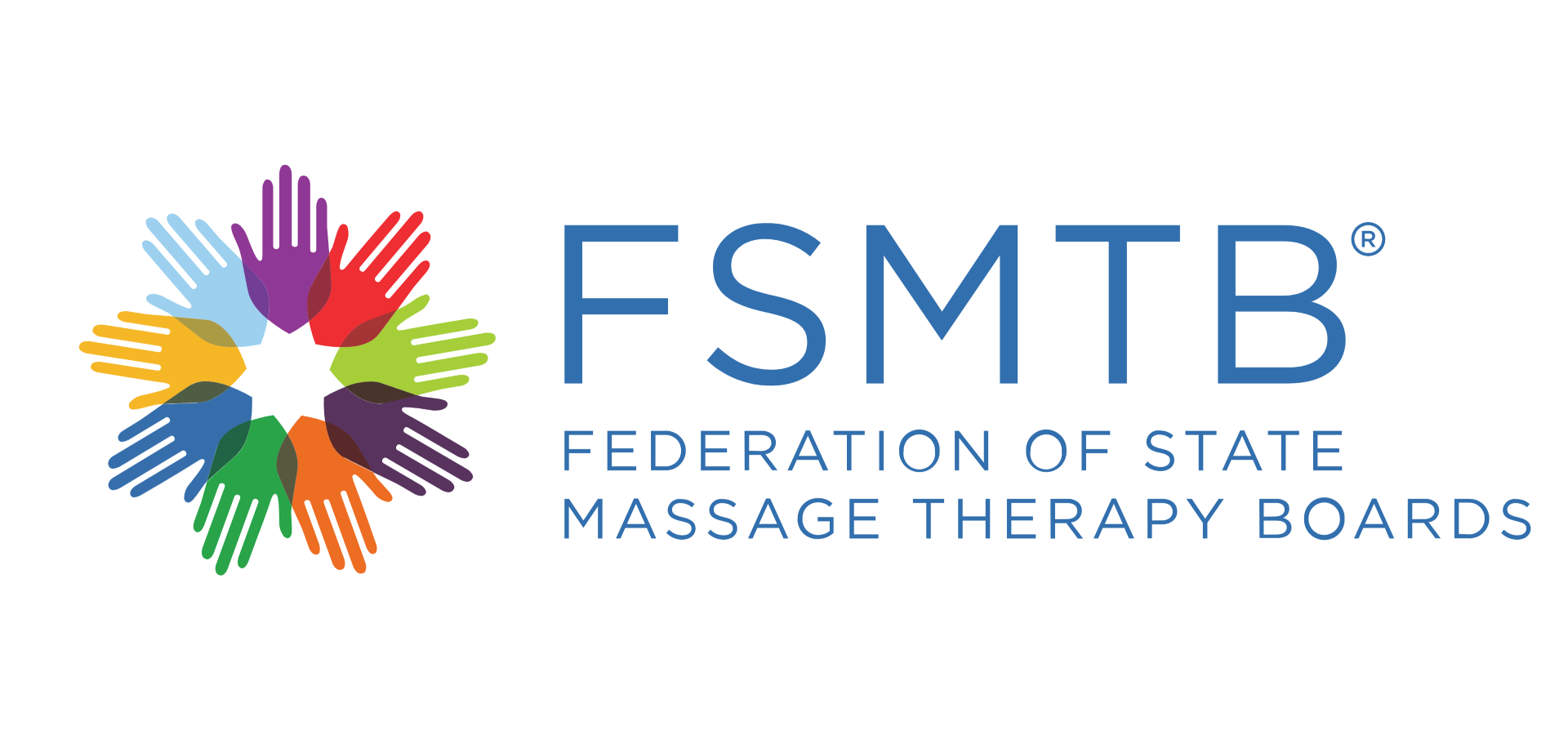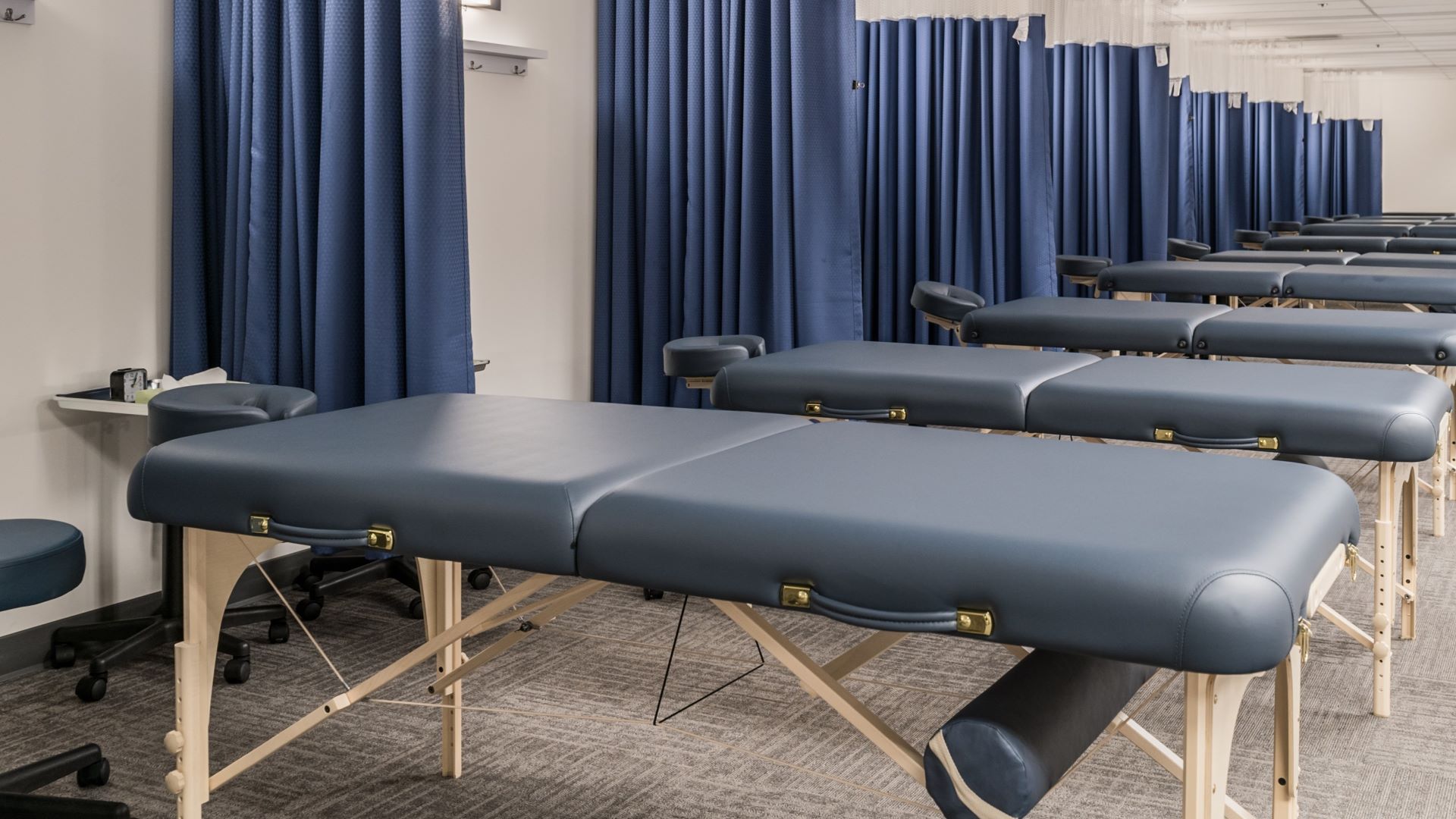After many months of study and clinical work, massage therapy students may see graduation from their school of massage as the finish line. Yet several more boxes must be ticked to earn massage certification. For those attending massage schools in Oregon, passing a national therapy exam, such as the MBLEx (Massage & Bodywork Licensing Examination), is a key step in licensure. (You’ll find our guide to getting licensed in massage therapy in Oregon here.) Most LMTs (in 46 out of 49 regulated jurisdictions) need to pass the MBLEx.
Considering that the current fee for taking the MBLEx is $265, few would like to take it twice. Having a plan can help you pass a national exam on your first effort. Here are a few considerations as you strategize how to study.
Create a Study Calendar.
Begin with an outline of the content covered on the exam. The FSMTB, who designs and facilitates the MBLEx, publishes a content outline stating what is on the exam. Split these topics into study sessions. Research suggests short, frequent study sessions are more effective than fewer, long periods of cramming. The AMTA (American Massage Therapy Association) suggests studying for 3-4 weeks in 45-minute chunks.
Schedule Study Sessions, but Don’t Cram to the Finish.
In the weeks leading up to your test date, pencil in regular study sessions, but don’t try to stuff in more knowledge just before the test. Take some time off at the end, so your brain is fresh going into the testing facility. Go for a hike, enjoy a nice meal, or partake in other activities to destress. And to avoid blurred thinking, avoid alcohol and get plenty of sleep the night before the exam.
Study for your Learning Style.
Cater studying sessions to the ways you learn best. For some, flashcards will work wonders. Others may find a more project-based approach helpful. For instance, you could split the body into three systems, and draw a whole body outline on huge butcher paper for each. Then, draw and label each organ and pathways for each system, and describe the organ and tube functions. Outside the outline of each body, write the pathologies of each system. Or, if it works best for you, simply review your notes and textbooks for class. The point is to study smart by working with your strengths.
That said, begin your study calendar by reviewing your areas of weakness. For example, if kinesiology is difficult for you, study that first. The AMTA recommends dedicating 70% of your study time to your weakest subjects.
For reference, the areas covered on the MBLEx are:
- Ethics, boundaries, laws & regulations
- Pathology, contraindications, areas of caution, special populations
- Physiology and anatomy
- Kinesiology
- Physiological effects of techniques that manipulate soft tissue
- Cultural overview of massage & bodywork including modalities and history
- Professional practice guidelines
Take a Couple Practice Exams.
Schedule and take a few practice exams. Notice which questions you got wrong, and educate yourself on how you misunderstood. This will naturally motivate you to show up for your scheduled study sessions. Avoid memorizing questions and answers; rather, understand the concepts in each practice test.
Be Prepared and Navigate with Time to Spare.
Eliminate some day-of jitters by scoping out the test location early. Exam locations may be in an unfamiliar area. Even if you think you know the locale, driving there ahead of time can help eliminate stress about logistics such as parking options.
Likewise, lay out two forms of accepted identification the night before the exam; you won’t be able to take the test without them. Carefully read and follow directions about taking the test; for instance, you may not be allowed to wear jewelry or watches in the exam room, and may be required to deposit them in a locker.
Consider Using Test Features to Eliminate Distractions
Carefully analyze the test characteristics to maximize your focus. For example, the MBLEx is taken on a computer; it consists of 100 multiple-choice questions. You can’t skip and revisit questions later. If the two hour exam limit is motivating for you, keep it displayed. If it will only cause you stress, consider hiding the timer.
Use Classic Test-Taking Strategies
Focus on the answers; eliminate those that are certainly wrong. Then re-read the question to select the best choice. Your own body is a wonderful reference for visualizing anatomical information such as insertion, origin, and action. Study common prefixes and suffixes; that way you can decipher unfamiliar vocabulary on the fly. Finally, remember that massage exams are generally straightforward: as the creators of the MBLEx explain, there are no “trick questions,” so the simple answer is likely to be correct. Leave no questions blank; enter your best guess based on a careful reading of the question and your gut instinct.
For more information culled from the information released by the FSMTB (creators of the MBLEX), we recommend perusing this list of massage exam FAQs. If you are willing to fill out a short form, you can download the AMTA’s Free Exam Study Guide here.
After thorough preparation, you can show up to the exam with confidence, knowing you’re ready! Once you’ve completed the exam, you’ll immediately receive the result, assuming you’re taking the MBLEx. For those preparing to take an exam after completing a school of massage program, we wish you success!




